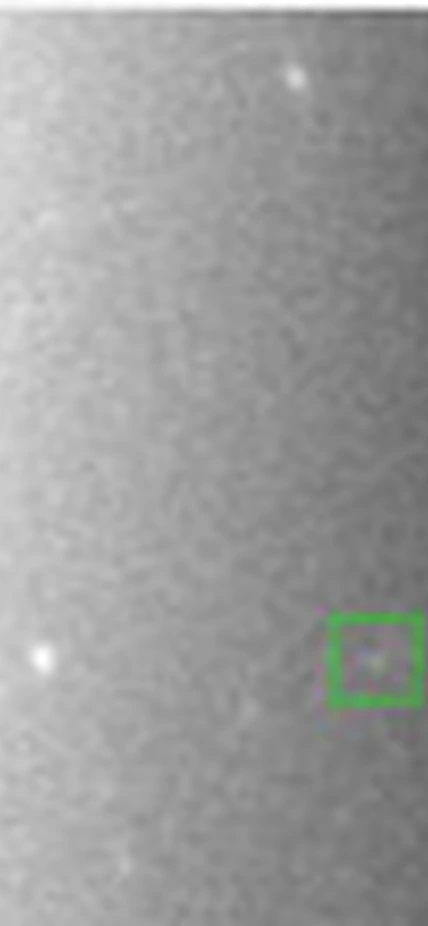The Jupiter moon S/2000 J11 was discovered in 2000 and observed for only about one month before it became lost in Jupiter's glare. It was not seen again over the next several years. The popular website LifesLittleMysteries.com considers the disappearance of S/2000 J11 as one of the greatest mysteries of Jupiter's moons. There was even a paper published in 2010 suggesting S/2000 J11 may have collided with another larger moon of Jupiter, creating an observed dust streak that was seen around Jupiter in 2006.
Now, Scott S. Sheppard has solved the puzzle by rediscovering S/2000 J11 in images obtained at the Magellan Telescope in 2010 and 2011. What was originally to be a new moon of Jupiter was linked to the lost Jupiter moon S/2000 J11 by Marina Brozovic and Robert Jacobson at NASAs JPL and Gareth Williams at the Minor Planet Center.
An important find, S/2000 J11 was once questioned for being real and was invoked as a possible impactor on the nearby moon Himalia to create a dust ring seen near Himalia by the New Horizons space probe as it passed Jupiter. Confirming S/2000 J11 as the only small member of the prograde orbital Himalia family is also very significant as it was not known if any small members existed of this dynamical family until now, which consists of the 20-150 km objects Himalia, Leda, Lysithea, Elara. We can now officially add the few kilometer sized S/2000 J11 to the Himalia family as its orbital semi-major axis, eccentricity and inclination are similar to the Himalia family members. These five moons are likely the fragments of a once larger moon that broke apart.
This also solves the mystery as to why the prograde Himalia family seemed to only consist of large moons while the other known retrograde moon families around Jupiter consist of mostly small moons and only a few larger ones. Because, if a moon broke up from a collision, it would be expected that the resulting family would have many smaller sized moons than larger sized moons. Two leading theories for why there were no small prograde moons in the Himalia family were proposed. One was that there was significant gas in the Jupiter system at the time of the break-up, and thus the extra friction would cause the smallest moons to spiral into the planet. The other theory was that the retrograde objects, which are more numerous, pummeled the smaller prograde objects into dust from repeated collisions. The true reason for so few known small prograde Himalia family moons is because the prograde family is closer to Jupiter than the retrograde moon families. Thus it is harder to detect the smaller and resulting in fainter prograde moons because of Jupiter's brighter glare.
It is why S/2000 J11 was lost in the first place.
Now that S/2000 J11 has been recovered and observed for over one of its orbital periods around Jupiter it will be given a proper name based on Roman or Greek mythology related to Jupiter or Zeus.

